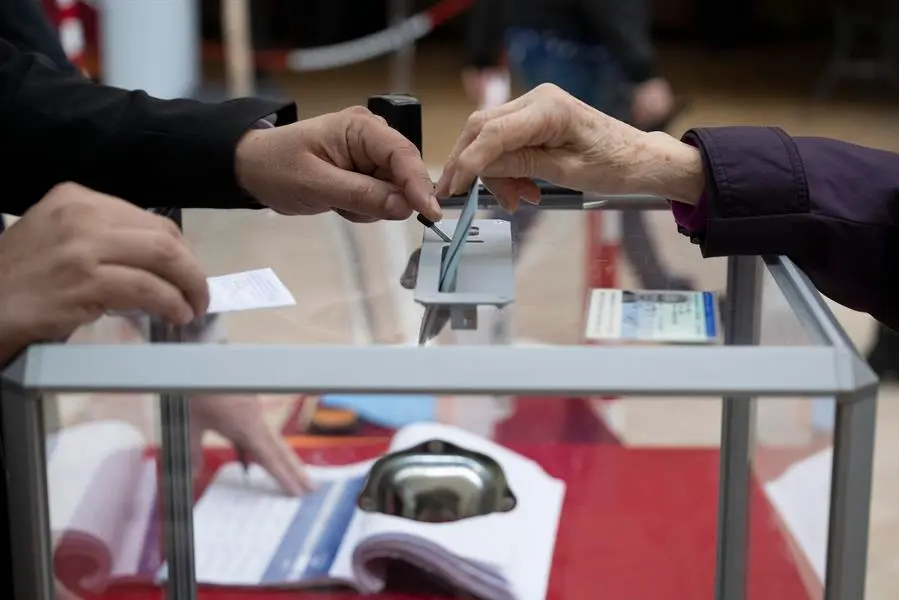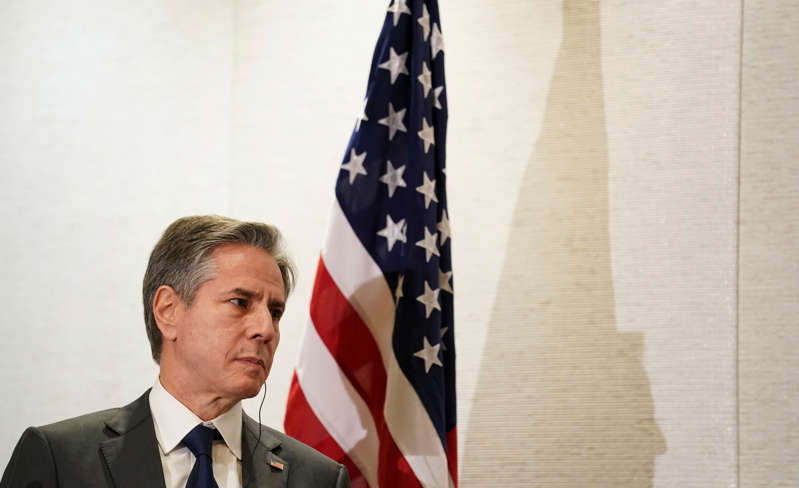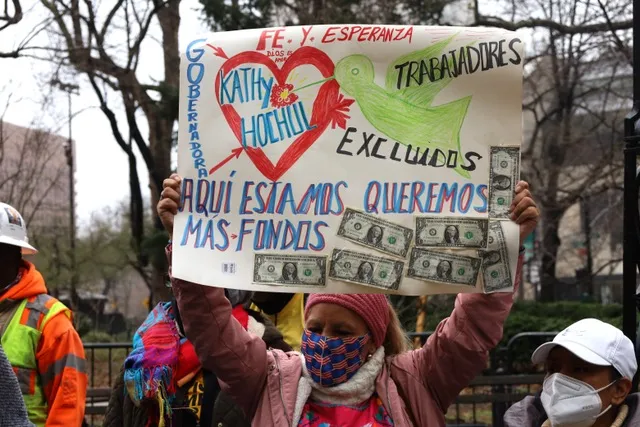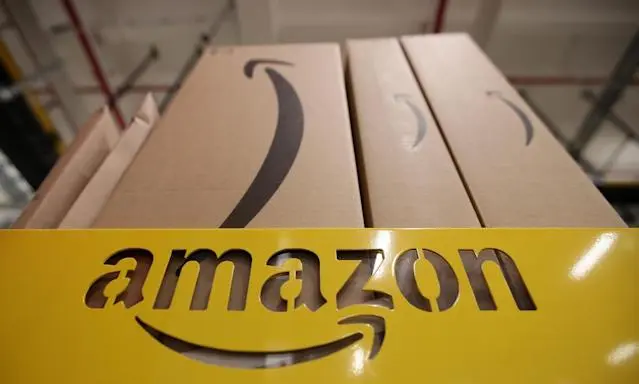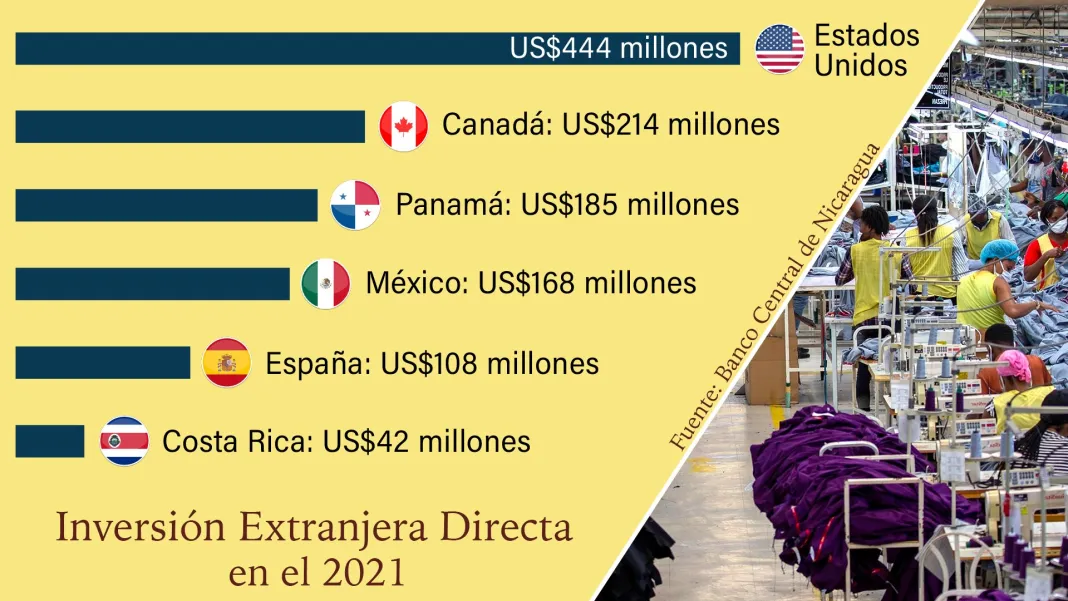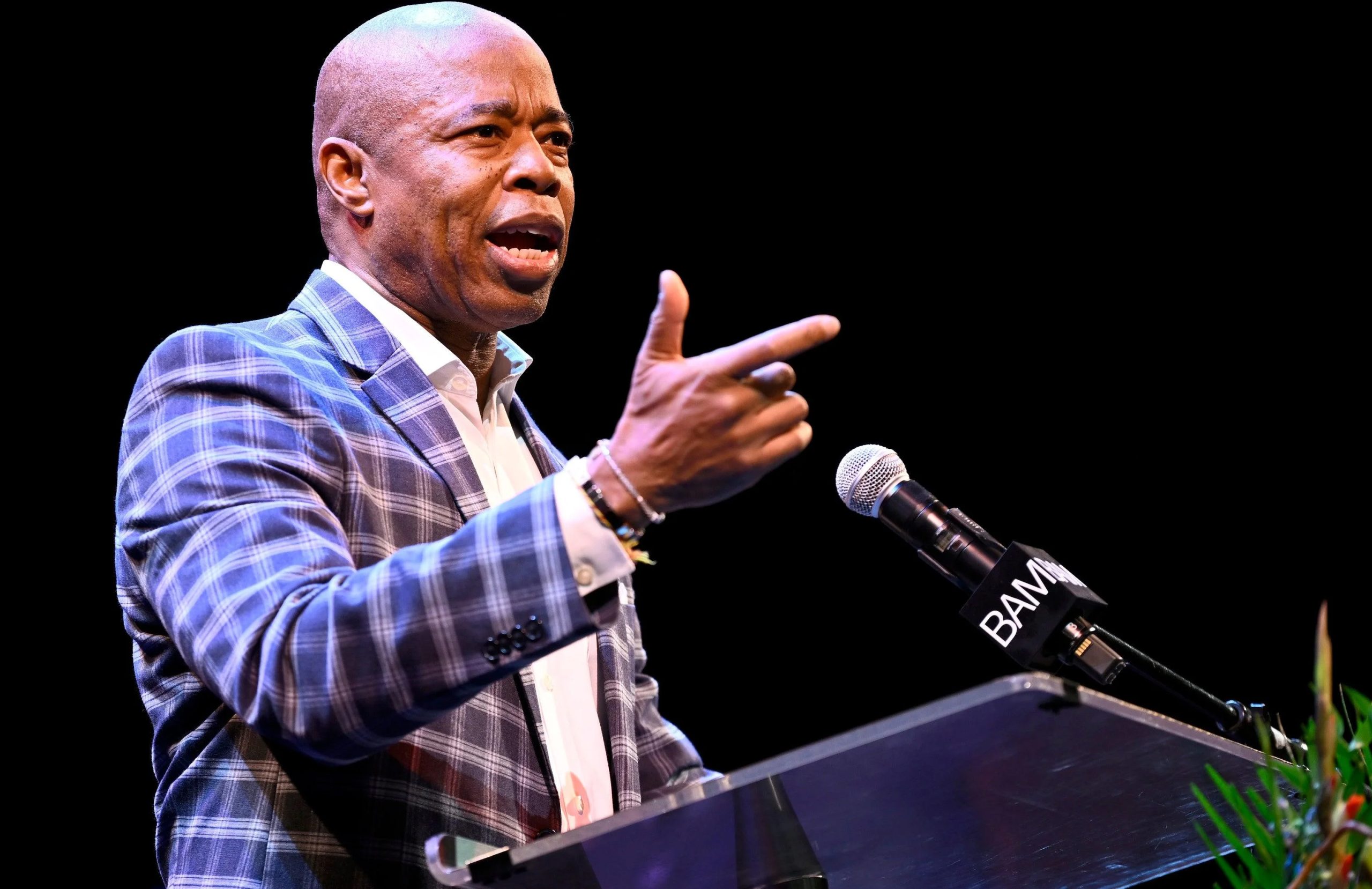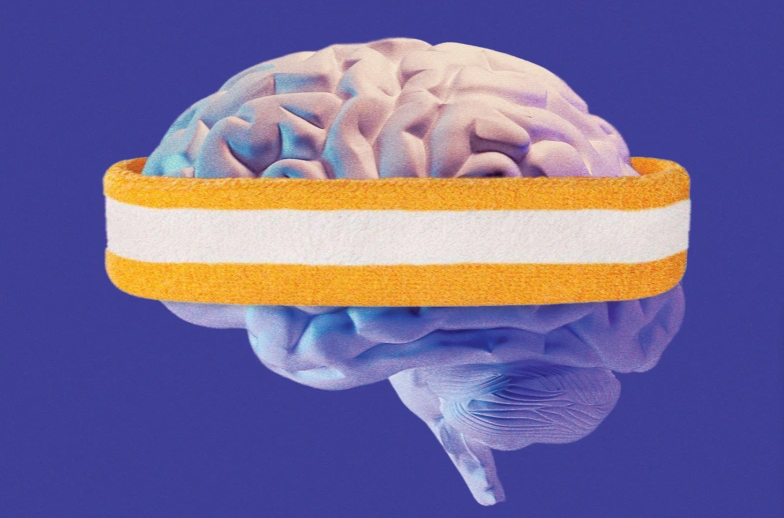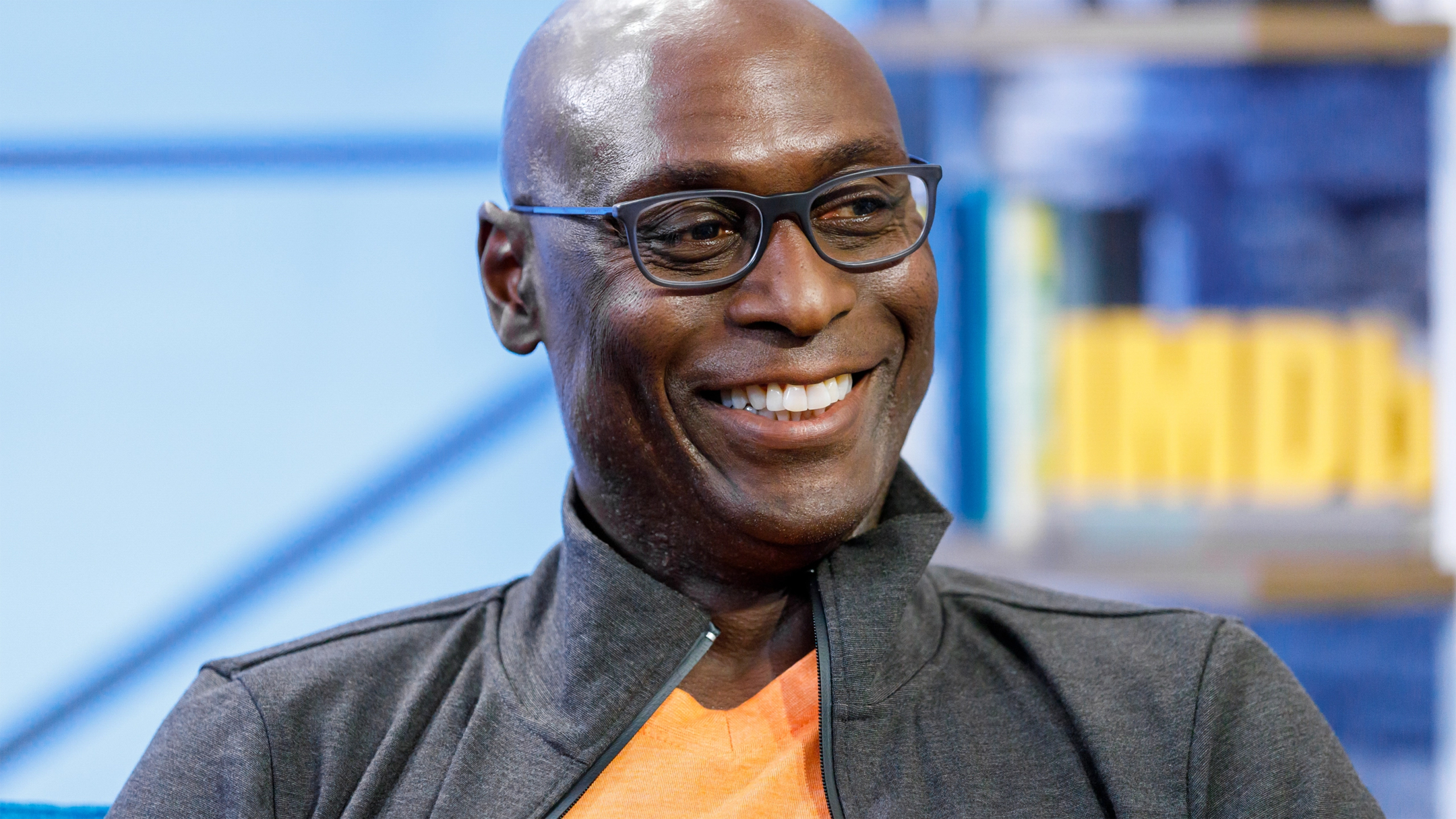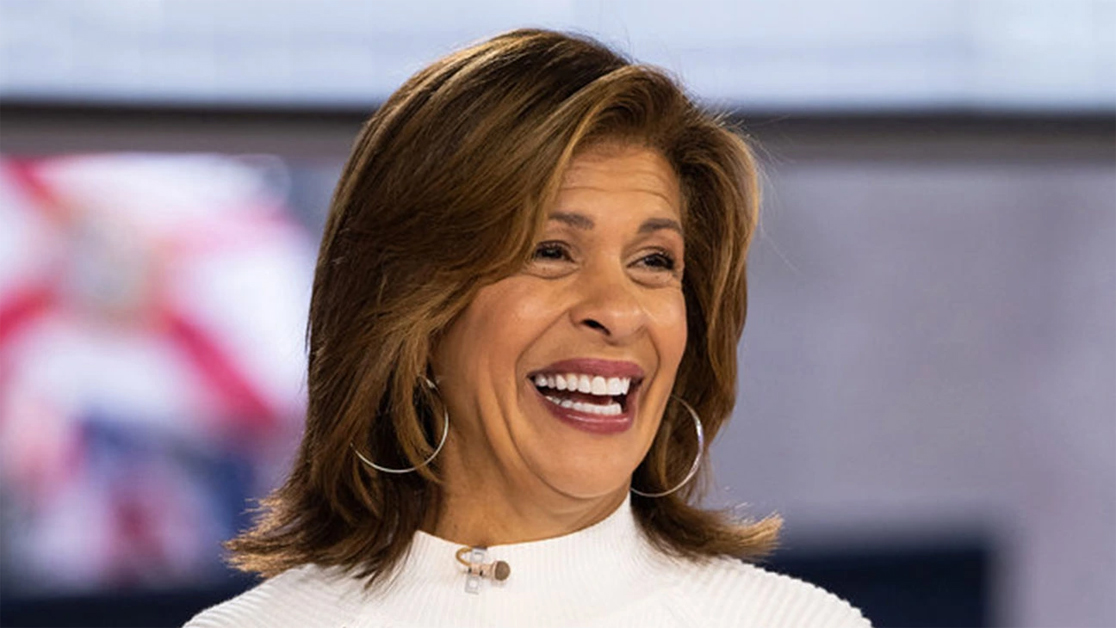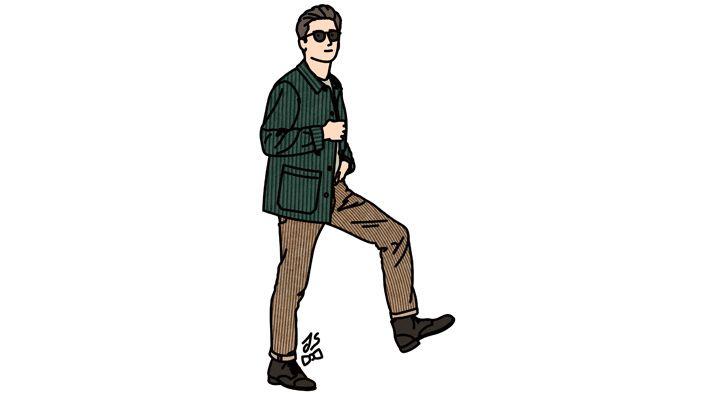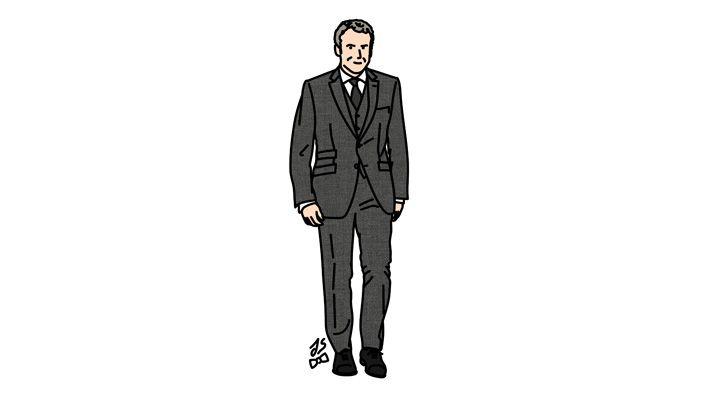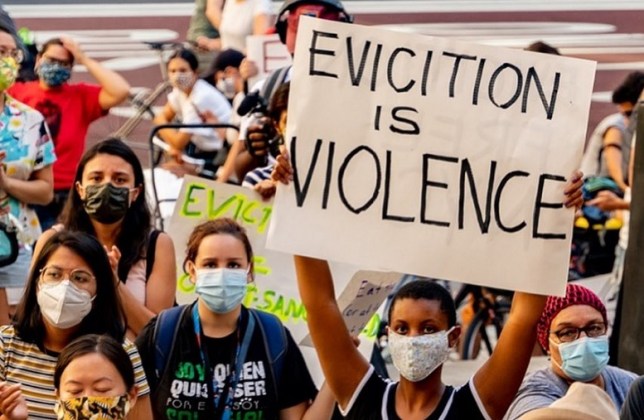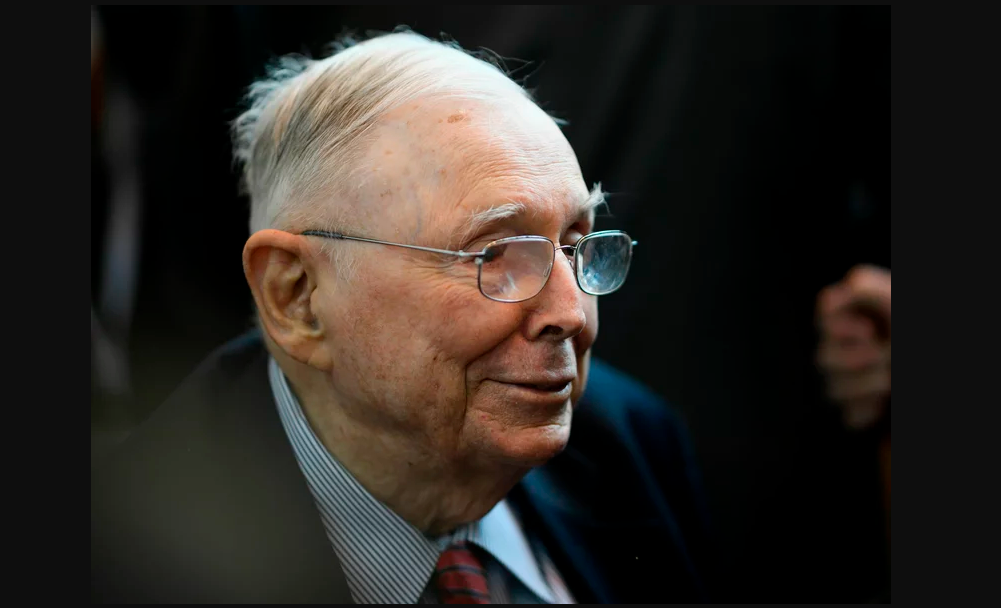A new report by the New York Housing Conference in conjunction with HR&A Advisors revealed that extending federal housing vouchers (section 8) to all eligible individuals or families would not only lift some 300,000 residents out of poverty. of New York City, but also, it would free up millions of dollars that would stimulate the economy.
The “Housing Choice Voucher” program , also known as “Section 8,” provides assistance to eligible low- and moderate-income families.
It works like a rental subsidy that allows families to pay a reasonable amount of their income. Eligible families will receive a voucher to start looking for housing.
NYCHA administers the largest Section 8 program in the country. Approximately 85,000 Section 8 vouchers and more than 25,000 homeowners currently participate in the program.
Expanding federal rental assistance would make a difference in New York City, especially for thousands of low-income families in a city where rent is highly expensive and even hard to come by.
Currently the Section 8 program benefits a small number of families of all those who are eligible due to lack of funds, in New York City only 21% of eligible households can receive the assistance vouchers.

According to research in the report, a universal expansion of the program would create 1.1 million new voucher households in New York State, including 689,000 in New York City.
The spending capacity in these households, which is a central element in the living conditions of families, would increase by $ 7,680 per year, which, consequently, “would create a domino effect in the entire local economy, which would generate an increase in income. employment, income and economic production “, details the study.
The report projects $ 424 million in higher annual tax revenue for New York State and $ 313 million for New York City.
“We really have to see any investment in Section 8 as offset by these other gains,” said Rachel Fee, executive director of the New York Housing Conference.
The Section 8 program has received innumerable criticisms and rejections, because expanding the benefit is supposedly related to a cost.
However, conducting this study is really trying to show what it would mean if low-income New Yorkers had help paying their rent, rather than an excessive rent burden, showing that that residual income would be used to pay for other basic needs of their homes. .
The report clearly shows that households would benefit, and their income would be spent on other basic needs such as food and transportation, while this spending also creates jobs and economic stimulus.
The research revealed that the delivery of vouchers to the thousands of low-income families with children resulted in a 77% drop in proportion to families sleeping in public housing or on the street, and a 52% decrease in the proportion of families living in overcrowded conditions.
The organization states that universal rental assistance would also stimulate the production of more affordable housing and providing more housing vouchers would mean increasing net operating income in subsidized developments.
The report published on the organization’s official website, projects that a universal housing expansion would cause a 33% increase in the production of affordable housing in the city, that is, some 220,000 new project-based units.
According to the study, more than one in four households in New York State spends at least half of their income on housing.
A person who earns minimum wage in New York would need to work at least 94 hours a week to be able to pay a rent for a room, equivalent to the market rate.
“Now that unemployment assistance is ending and as we move into the next calendar year and our eviction moratorium will expire, I think it’s really going to come to a head, and we’ll see exactly how devastating not being able to pay your rent is. . The pandemic has really exacerbated the crisis in many ways and made it clear that we need more help from Washington, “said Rachel Fee.




